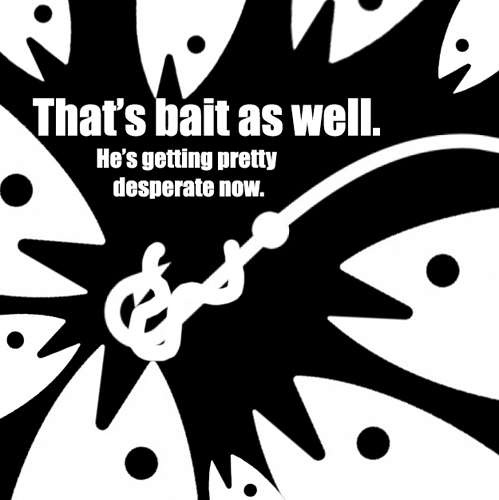There seems to be a lot of confusion around this.
Some say there was a law and that it was struck down as unconstitutional and that it’s fallen back to state obscenity laws, while Discord seems to think the federal law is still in force.
I’m not a lawyer, but the relevant bits:
Any person who, in a circumstance described in subsection (d), knowingly produces, distributes, receives, or possesses with intent to distribute, a visual depiction of any kind, including a drawing, cartoon, sculpture, or painting, that—
(1)
(A) depicts a minor engaging in sexually explicit conduct; and
(B) is obscene; or
(2)
(A) depicts an image that is, or appears to be, of a minor engaging in graphic bestiality, sadistic or masochistic abuse, or sexual intercourse, including genital-genital, oral-genital, anal-genital, or oral-anal, whether between persons of the same or opposite sex; and
(B) lacks serious literary, artistic, political, or scientific value;
or attempts or conspires to do so, shall be subject to the penalties provided in section 2252A(b)(1), including the penalties provided for cases involving a prior conviction.
(1) Whoever violates, or attempts or conspires to violate, paragraph (1), (2), (3), (4), or (6) of subsection (a) shall be fined under this title and imprisoned not less than 5 years and not more than 20 years, but, if such person has a prior conviction under this chapter, section 1591, chapter 71, chapter 109A, or chapter 117, or under section 920 of title 10 (article 120 of the Uniform Code of Military Justice), or under the laws of any State relating to aggravated sexual abuse, sexual abuse, or abusive sexual conduct involving a minor or ward, or the production, possession, receipt, mailing, sale, distribution, shipment, or transportation of child pornography, or sex trafficking of children, such person shall be fined under this title and imprisoned for not less than 15 years nor more than 40 years.

